This article is part of Changing the Narrative. Articles in this series are written by student or early career journalists who took part in The Local's training course on solutions-focused migration reporting. Find out more about the project here.
In 2019, Sweden's public broadcaster SVT surveyed 3,641 primary schools and reviewed data from Skolverket, the Swedish National Agency for Education, on the academic year 2017/2018. The results showed that the distribution of students from foreign backgrounds was very unequal, with some schools having almost only students from migrant families and others having as few as five percent. According to Skolverket, the concentration of students with the same social and migration background might be one of the reasons for an increased difference in school results, which poses a threat to the goal of offering equal opportunities for all.
The relation between segregation and difficulties in succeeding in school was pointed out by some of the migrant parents in study circles that Eva Lundgren Stenbom, a cultural producer, organised in Norrköping, central Sweden, in 2013. The very decision to found her own NGO, Imagine (what we can do), was motivated by an encounter with the mother of a girl who participated in a project Eva Stenbom worked previously. She wanted help to get to know more locals with whom she could practise her Swedish, because Eva was in fact the only Swede she talked to regularly.
Seeing how difficult it could be for a foreigner to establish relations and feel part of society, Lundgren Stenbom created the association and started the study circles, among other activities such as sewing workshops. The events were planned for locals and migrants living in neighboring areas of the city to meet once a week and discuss the everyday issues they faced in their community.
The meetings were attended mostly by adults, sometimes followed by their children. Topics on integrating into Swedish society and parenthood would often come up, and Lundgren Stenbom remembers many parents asking for help with problems that affected their children, especially in school. Thinking about the younger generations and hearing the demand from parents, she decided to expand the study circles to include children.
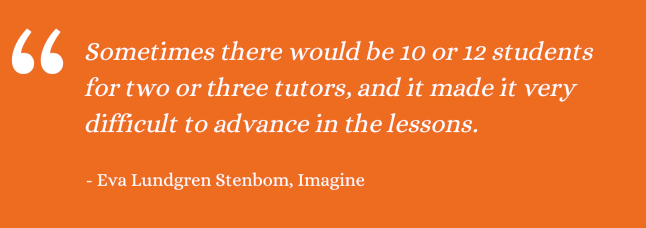
For the past four years, an increasing number of students with migrant background have enrolled on the tutoring programme organised by Imagine (what we can do). At first, the study circles took place in Lundgren Stenbom's home, located in a neighbourhood that is almost the perfect metaphor for the segregation between locals and migrants. On one side of the street is the Röda Stan neighbourhood, where most of the houses are owned by Swedes, while right across Värmlandsgatan many migrant families live in the Marielund buildings. The organisation started with the aim of creating places and opportunities for the neighbours to meet.
However, the study circles soon showed to be inefficient, Lundgren Stenbom says, because of the busy and loud atmosphere of several students sharing the attention of few tutors. “Sometimes there would be 10 or 12 students for two or three tutors, and it made it very difficult to advance in the lessons,” she remembers. A different system was needed.
The tutoring programme then became individualised, with better results, according to the NGO's evaluation. As it currently works, each student is paired with a tutor with whom they will work for at least one semester. The meetings usually take place at the tutor's house, which proved to be the best solution and one of the learnings the organisation had throughout the years. “Because many of the students live in families with more kids, very often it is more difficult for the student to focus and concentrate on the work without interruption,” Lundgren Stenbom explains.
The programme also recommends that the tutor/student pair set a schedule of weekly meetings on a pre-defined day and a time slot of one to two hours. Feedback and follow-ups are constant, but according to Lundgren Stenbom they lack data on how much the students' grades have improved after enrolling in the programme.
There are currently 35 pupils, mostly aged 11 to 19 years, receiving help with homework or preparing for exams, and another 20 people on the waiting list. Several of them have been in Sweden for almost 15 years, while some have moved to the country more recently. The goal, Lundgren Stenbom states, is to support the students so they progress to higher educational levels and get better opportunities on the job market.
One of the volunteers on the programme is Camilla Wennberg, an engineer who has tutored two students since 2017. Her current pupil is 14-year-old Somayo, from Somalia, with whom Wennberg has worked for the past one-and-a-half years. Before that, she taught Somayo's older sister Zamzam for two years.
Before stricter recommendations to lower the spread of the coronavirus came into effect in Sweden, every Wednesday evening Somayo and one of her parents would cross Norrköping by tram to go to Wennberg's house. The father or the mother accompanied her because they believe taking the tram alone at night is not safe, which Wennberg agrees with. During the weeks when social contact has been more restricted, tutor and student have met online.
The effort that Somayo and her family make to attend the tutoring session and the fact that she has been not only up to date with her homework, but a bit ahead of the class, is a sign for Wennberg that the Somalian teenager has high educational aspirations. “She is more ambitious,” states the proud tutor.
Wennberg sees the language as a main factor for difficulties children from migrant backgrounds may have in school. “When it's just calculation it's easy, but when you have to understand what the question is asking for, then it is more complicated for her.” Sometimes they translate the questions to English, which helps.

Ann-Sofi Ringkvist and Madeleine Szente, who coordinate a programme by the Red Cross, which has provided support to schools in Linköping since 2011, also believe that improving language skills is an important feature of homework tutoring and one of the biggest challenges for migrant students and their families in the integration to the school system.
Although the programme was not created with the purpose of helping children from migrant backgrounds, but everyone who needs extra educational support, most of the students are currently from migrant families.
The three schools where the Red Cross is present in the city show the divide in the distribution of students with different backgrounds: in the Skäggetorp neighbourhood, the vast majority of students in the two schools participating in the programme belong to migrant families, while in Ekholmen the proportion of students who do not have a Swedish background is much smaller: around five per class. Ringkvist, who is herself a volunteer, believes that children benefit from a mixed class environment and stresses that several students need tutoring, independently of their family's country of origin.
The program is aimed at students from 8 to 16 years of age. In grades seven to nine, the tutoring takes place after school, while for younger pupils it takes place in a separate room during school time. Unlike the initiative in Norrköping, where the tutoring is requested by the families, the Red Cross volunteers collaborate with the school staff. The tutors, many of whom are retired teachers themselves, work with groups of students and follow the instructions from the teachers. During the sessions, two volunteers provide support for groups of 10 to 15 pupils, but there are times when as many as 25 young students are working together.
The large number of people attending tutoring sessions is seen by the organisation as both a challenge and a sign of success. Ringkvist explains that students wanting to receive tutoring is understood as a positive evaluation of the volunteer's work, but that many children in the same room can make it difficult for them to focus on school content.
“There are several goals, the main one is to make going to school pleasurable. We are not supposed to give them grades, we just want to help them, so maybe they find it easier to talk to a volunteer than to the teachers.They can feel more confident of themselves,” says Szente.
MORE IN THIS SERIES:
Although the adults involved in the homework tutoring programmes see language acquisition as one of the main challenges students with migrant background face in succeeding in the Swedish school system, what do the young students themselves think?
Somayo, who is being tutored by Camilla Wennberg, was unavailable to be interviewed because she was taking part in a two-week introductory programme to the job market and was working part-time in a fast-food chain. Due to her busy schedule, she was not able to attend the tutoring sessions when we spoke to Wennberg.
Somayo's absence did not seem to be a matter of concern, as her tutor stressed how important the work-training programme was for the teenager. Somayo's grades and accomplishments in maths can be understood as a sign of the programme's success, and alongside the fact that she was also doing part-time work, it can be inferred that her Swedish language skills might be much higher than it may seem.
One important aspect to consider, however, is the difference between the academic language skills required to pass exams such as the national high-school exam – usually a source of anxiety for young people, as it defines the educational pathway they are able to take – and the skills required for everyday interactions in informal settings or in lower-paid work.
The unequal representation of students from migrant families in Swedish schools may result in a daily experience of segregation for the young people who are trying to navigate a school system and a culture foreign to their parents. While governmental strategies to distribute students more evenly are being developed, volunteers in the homework tutoring programmes have been making individual efforts to orientate school children.
As Camilla Wennberg describes, her encounters with Somayo and her family are limited to the tutoring sessions, but these are occasions for her to answer questions from Somayo that go beyond mathematics. She thinks of their friendly exchange with her students as an opportunity she would not have had otherwise, something she values.
“It is nice to know her,” says Wennberg. “I think most people can help others teaching their own language, for example by correcting an essay. They just need to be open minded: whatever you can give, it is worth something.”
Myung Hwa Baldini is a journalist working in education and children's rights. She is based in Sweden.

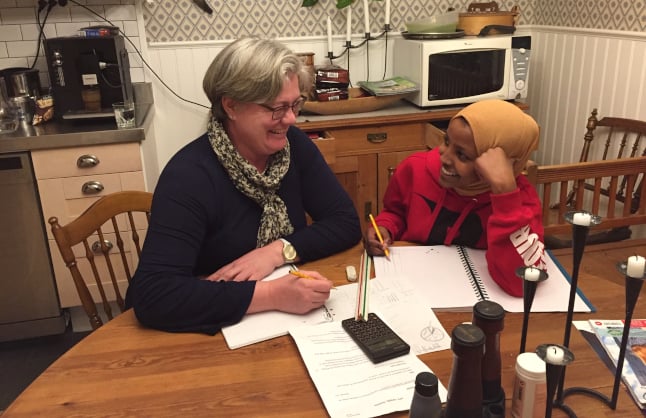
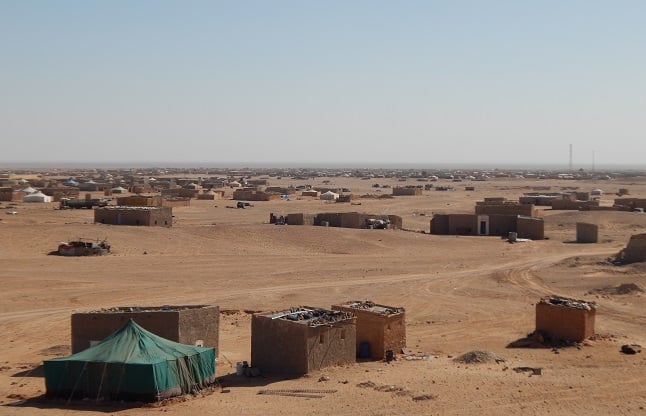
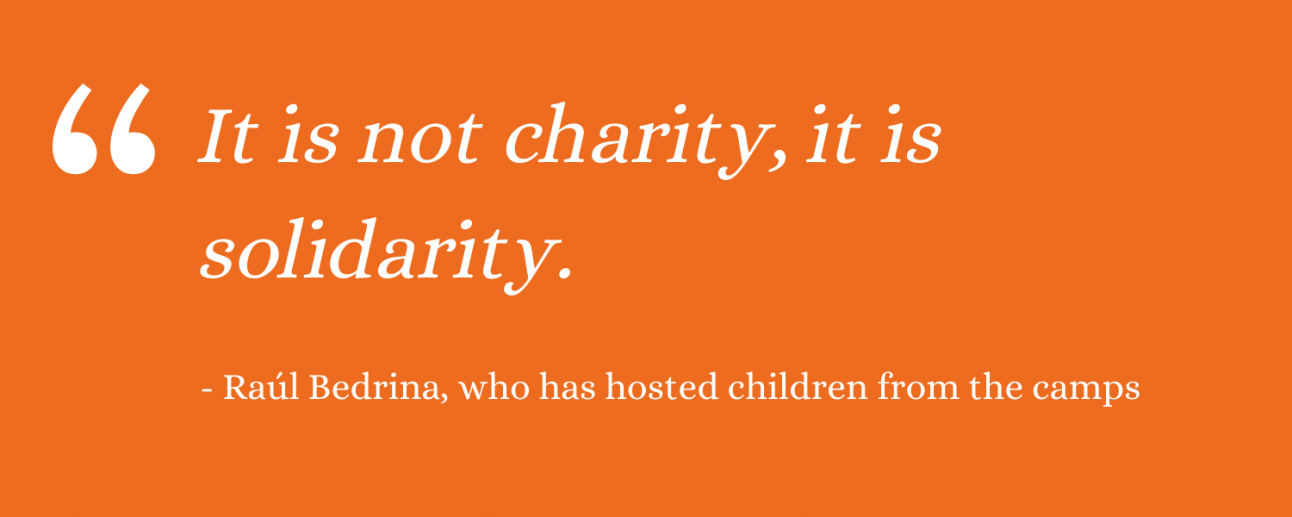
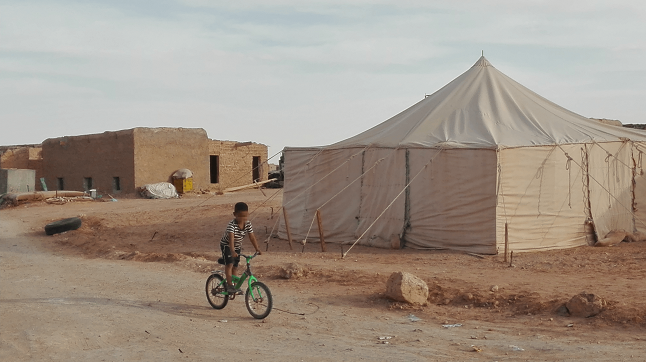
 Please whitelist us to continue reading.
Please whitelist us to continue reading.
But why government or regions distribute students in such a unequal way !
It sounded like a hidden or maybe systematic racism to distribute people with foreign background !?
Ehsan – why don’t you actually try thinking about a reason rather than cooking up a conspiracy theory involving ‘systemic racism’ (yawn)? I’ll give you a clue, ‘Birds of a feather…’ – can you complete this proverb? The demographics of most cities will prove this to be true. Here’s how it works – if you’re poor, you live in a poor area and will generally find that the schools servicing that area are not great. If you want your kids to go to a better school you have to work your way up the ladder to a better area. Don’t expect everything to be given to you on a silver platter – and scream racism when it’s not.